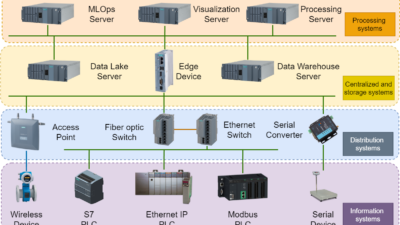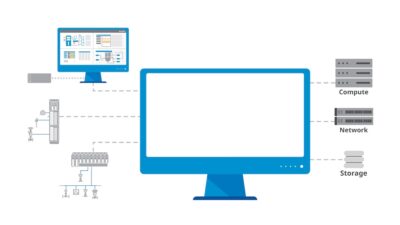If you had an idea for a new product, would you know who to contact about getting it to market? If the answer is no, you're part of the majority of corporate employees. A recent study by New York-based Accenture finds 55 percent of management teams in large corporations profess a commitment to innovation, but only 41 percent are satisfied with the frequency at which they bring innovative ideas ...
If you had an idea for a new product, would you know who to contact about getting it to market? If the answer is no, you’re part of the majority of corporate employees. A recent study by New York-based Accenture finds 55 percent of management teams in large corporations profess a commitment to innovation, but only 41 percent are satisfied with the frequency at which they bring innovative ideas to market. And only 36 percent are satisfied with the time it takes to turn an idea into an actual product.
These numbers prompted Microsoft to launch internal and external initiatives to foster innovation within corporations. They involve development of a formal process and the use of Microsoft technology. All of this was on display at an Innovation Management Forum held in October at Microsoft’s Richmond, Wash., headquarters.
In addition to highlighting Microsoft’s own innovation platforms, the forum featured diverse speaker presentations that exploded the myths surrounding how to be a consistent innovator.
Daniel Chow, senior executive for process & innovation performance with Accenture, says his study of the innovation process shows industry laggards tend to subscribe to the long-held myth that innovation results from creativity and chaos while leading companies develop the processes, structures, tools, and training necessary to deliver innovation.
Chow points to breakfast food manufacture Kellogg as a leading innovator, noting its executive-level position that is “accountable for enabling and delivering the organization’s innovation capabilities, with success being measured by outcome-based metrics.”
A desire to support structured innovation programs underpins Microsoft’s efforts in this area, including its sponsorship of the Innovation Management Forum , according to Don Richardson, Microsoft’s worldwide solution director for innovation management.
Microsoft’s innovation initiatives involve these efforts:
Creating IDEAGENCY, an internal organization that Microsoft employees can tap into to shepherd innovative ideas from concept to market;
Working with software partners to develop solutions that support innovation processes in vertical industries; and
An Innovation Process Management (IPM) initiative that underscores how Microsoft collaboration technology like SharePoint and Microsoft Project can support corporate innovation programs.
Simon Floyd, an innovation strategist with Microsoft, used the forum to demonstrate how a company might tap into Microsoft collaboration tools to develop a formal innovation program. The demonstration started with a fictitious engineer who wanted to develop a ski helmet fitted with a Bluetooth headset, making it easy to contact a rescue party in the event of an accident.
The engineer opens a portal application and enters his idea into a system that his employer, a sporting goods manufacturer, set up for pooling new ideas. The idea is then viewed by a person assigned to sort through the submissions and present promising ideas to upper management. Once an idea is approved, it is passed on to people from other departments—e.g., marketing, purchasing, and manufacturing—who can offer suggestions for improving its potential.
The entire process seeks to ensure the products proposed for development will help companies meet strategic business goals, such as expanding into new markets or increasing the share of an existing market. The key to making this all happen, Floyd says, is ready access to the collaborative technology platform so everyone can contribute to the product development process.
Daniel Rasmus, director of business insight for Microsoft, says processes supported by Microsoft technology help manufacturers “think beyond industrial era economics” when it comes to new product development, which is essential for companies that wish to maintain leadership in the age of global business.



